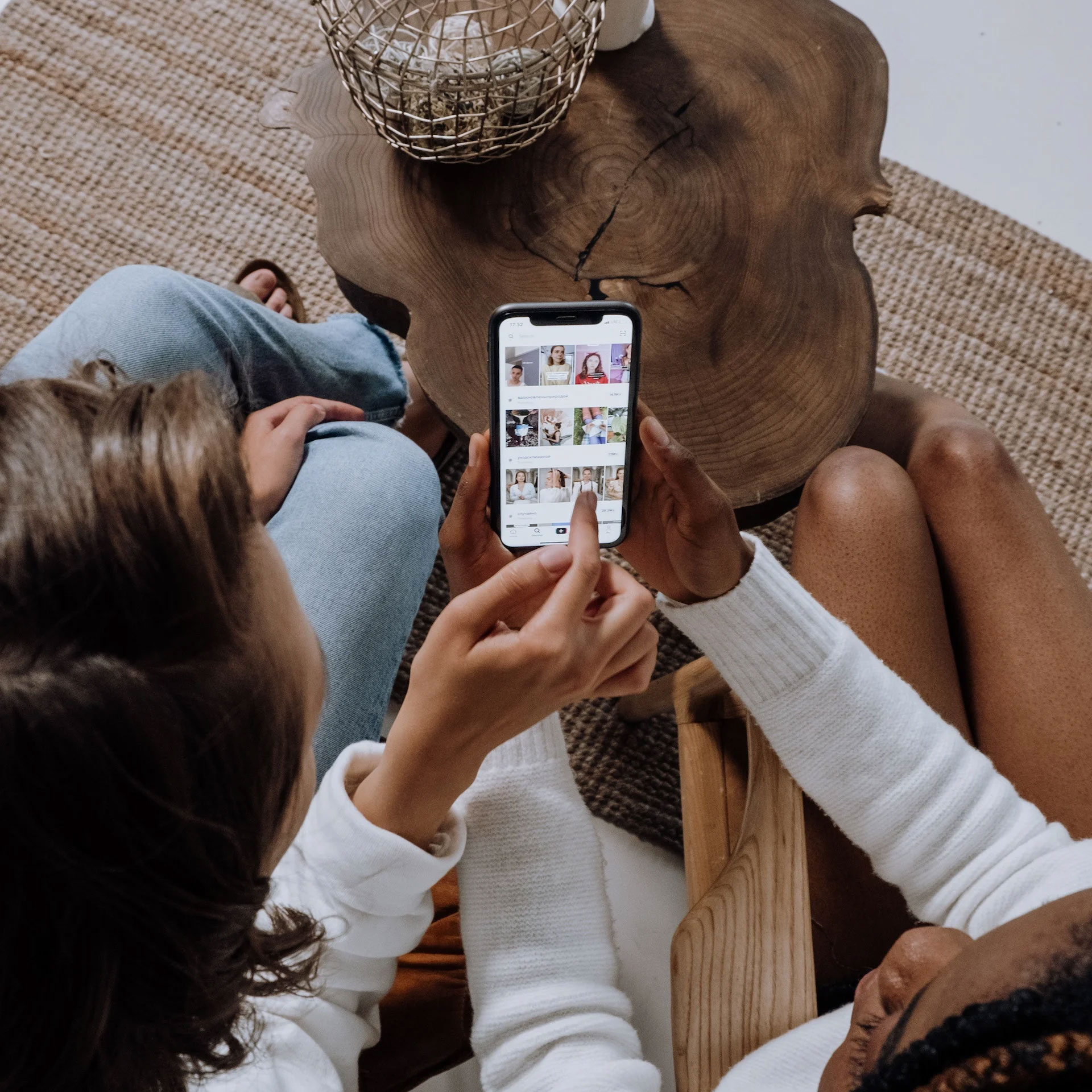How Often Should You Update Your UI Design?
User interface (UI) design is an important part of your website or app’s user experience (UX). UI focuses primarily on the aesthetic elements of a...

Despite the sheer amount of apps in the marketplace, it’s a bit shocking to discover just how many apps still lack the basic elements of good design. Who hasn’t downloaded an app and then deleted it quickly after finding out that every button on the home screen is broken?
The features of an app directly impact the user experience (UX), so if it’s slow, hard to navigate, or doesn’t respect the user’s privacy, it will quickly be deleted in favor of a better one. In this article, we’re going to share 9 features that will make your app more user-friendly.
Developing an app is expensive, and its ability to cater to a user-friendly experience can make or break its success, which is why it’s so important to include all of the best features while still keeping user expectations in mind.
So what are the most user-friendly features to include in your app? Let’s consider all of the possibilities!
Privacy and security go hand in hand and are two of the most critical features of an app. Most apps store sensitive data like credit card information, meaning that if users can’t trust an app to secure their personal information, they simply won’t use it. Worse yet, it’s highly likely that their distrust will also extend to the entire business. Because of this, security needs to be a priority throughout the development process.
When considering user privacy, transparency matters. Be sure to include the option for your app to notify users about privacy-related issues, such as suspicious log-ins to their accounts. When users know you respect their privacy, they will begin to trust your brand and perceive it positively.
A search option is often the most overlooked mobile app feature. Even if your app is simple, not every user will be able to navigate it to find what they need. Search bars offer users a quick way to locate the exact information they seek, preventing them from immediately swiping out of your app and onto Google. Including details like a search box helps to retain users by reducing turnover rates and encouraging quick and easy navigation routes across your application.
An app must provide an intuitive user experience (UX) to be user-friendly. The user should be able to navigate the app without thinking. If your app is difficult to operate, users will become frustrated and find a different app to use. An app with a good UX design must always be simple, responsive, and accessible on different screen sizes (phones and tablets) and operating systems (Android, iOS, and Windows). Prioritizing mobile-first design is also important since most users will view your app via a mobile device.

Accessibility in design has come to the forefront of user experience. Accessibility involves considering those who are differently abled and may be accessing your technology differently than the norm. Regarding accessibility, two features of an app particularly worth noting are:
Push notifications can boost user re-engagement and retention when used correctly. Push notifications should only contain messages an individual user cares about, and these can include limited-time promotions, product restocks, updated features, and other relevant information.
Be careful not to saturate the user’s notifications with irrelevant, unsolicited messages. Users will find these notifications intrusive and annoying, which could lead them to delete the app. Additionally, customization options allowing users the ability to opt out of specific notifications can lead to greater satisfaction rates among your customer base.
Learn more: What are Push Notifications, and How Do You Use Them?
We already know data security and privacy are vital mobile app features, and data collection opt-out is an extension of that. By allowing users control over their data, you form a foundation of trust and transparency—both essential aspects of a lasting relationship.
A feedback system is one of the most crucial features of an app. Providing the user with an easy way to interact with you will give you direct access to the user’s wants, needs, and concerns. Incorporating ways to allow users to provide feedback can help you continually improve your app and allow it to better evolve through future iterations. This information will not only help improve the app itself but also your relationship with your audience.
For many, the ability to synchronize various devices in real-time is a desirable mobile app feature. For example, it’s common for users to start a process on their smartphone only to find that it would be easier to complete on a different device. Including multi-device synchronization is one of the features of an app that defines what makes an app user-friendly.
While there are many fun and functional mobile app features to choose from, it’s always important to consider how they affect battery life preservation. Make sure your app is running processes and includes a design that doesn’t mire down a user’s system—if your app significantly impacts battery life, the user will either use it less or delete it altogether.
Most users decide if an app is worth their time within the first few hours of engaging with it, so having a good understanding of your app’s purpose and your target demographic’s expectations helps determine what to prioritize in the app development process.
Understanding what the user needs in their journey is critical to creating a successful app. Unlock that, and you may just have a product worth taking to market.
Are you looking to make your app user-friendly or feeling confused about your next steps in developing an app? Or perhaps you are looking for an eagle-eyed team to create a killer app while optimizing your UX in the process? The team here at Designli has you covered! Schedule a free consultation to find out how we can help elevate your digital platform!
You might also like:
Subscribe to our newsletter.

User interface (UI) design is an important part of your website or app’s user experience (UX). UI focuses primarily on the aesthetic elements of a...

According to the Pew Research Center, more than 85% of people in the U.S. have smartphones, while the numbers for the rest of the world are also...

Launching a new app? Avoid costly launch delays and ensure a successful app rollout with these 7 essential steps.